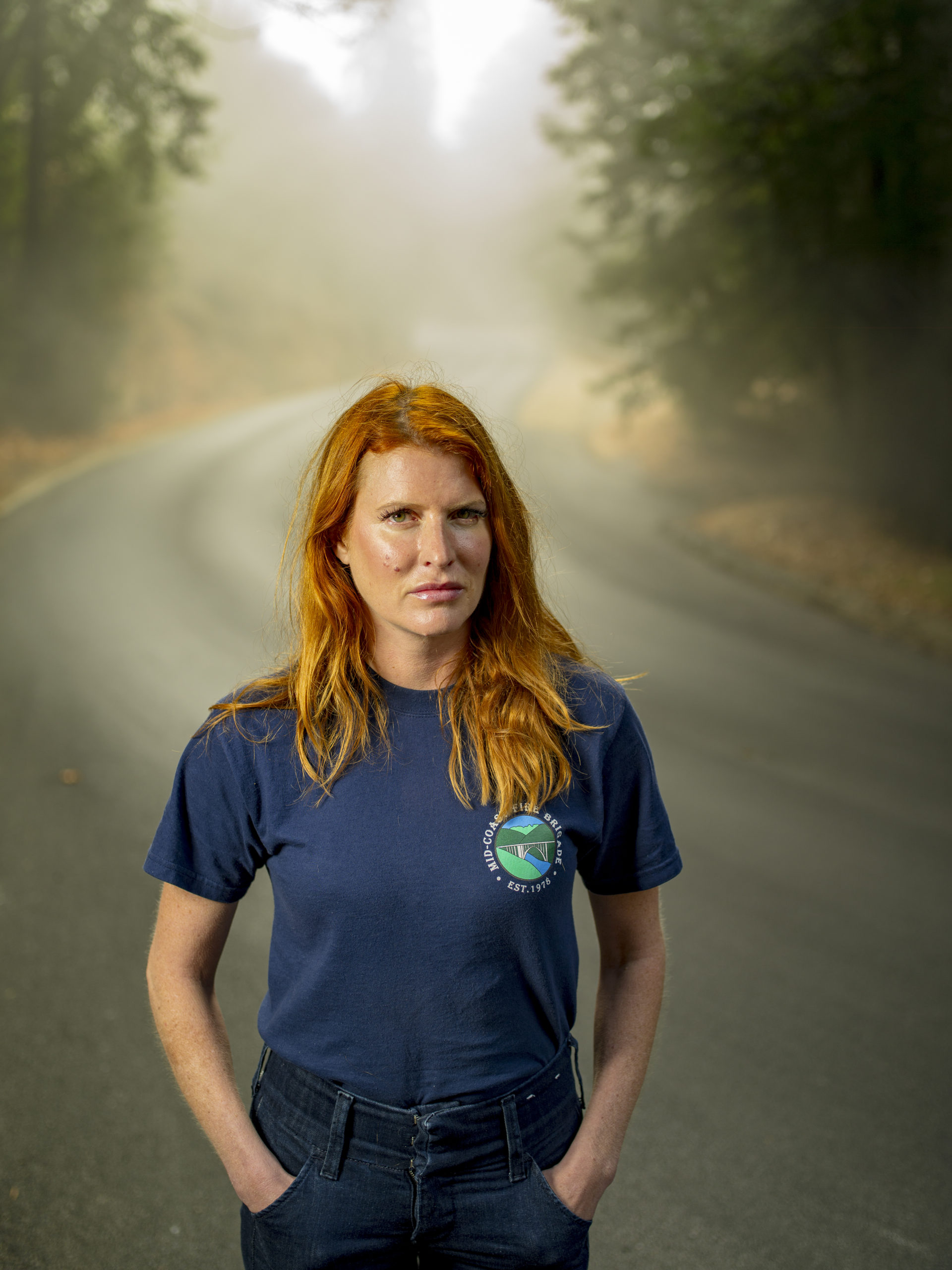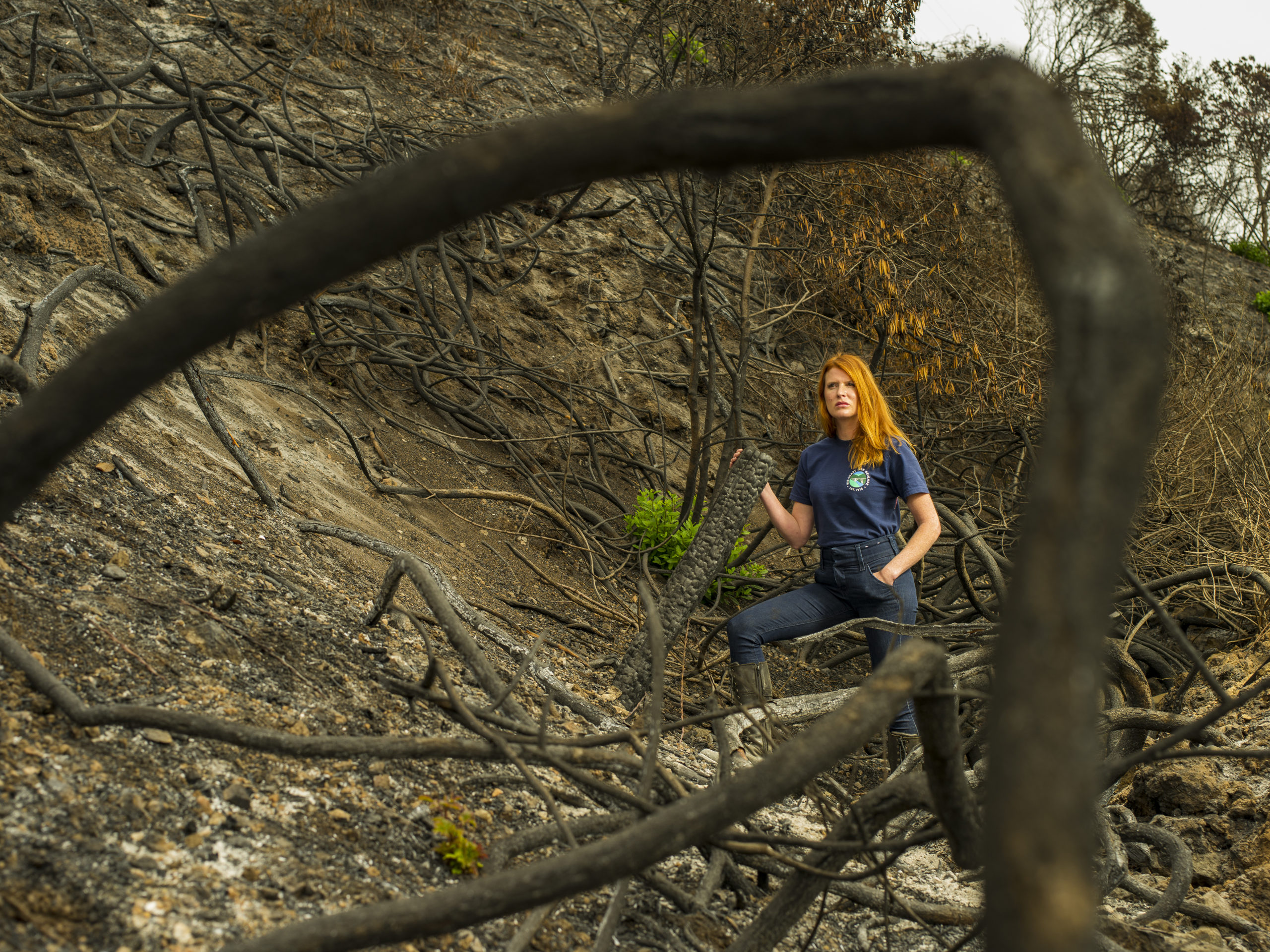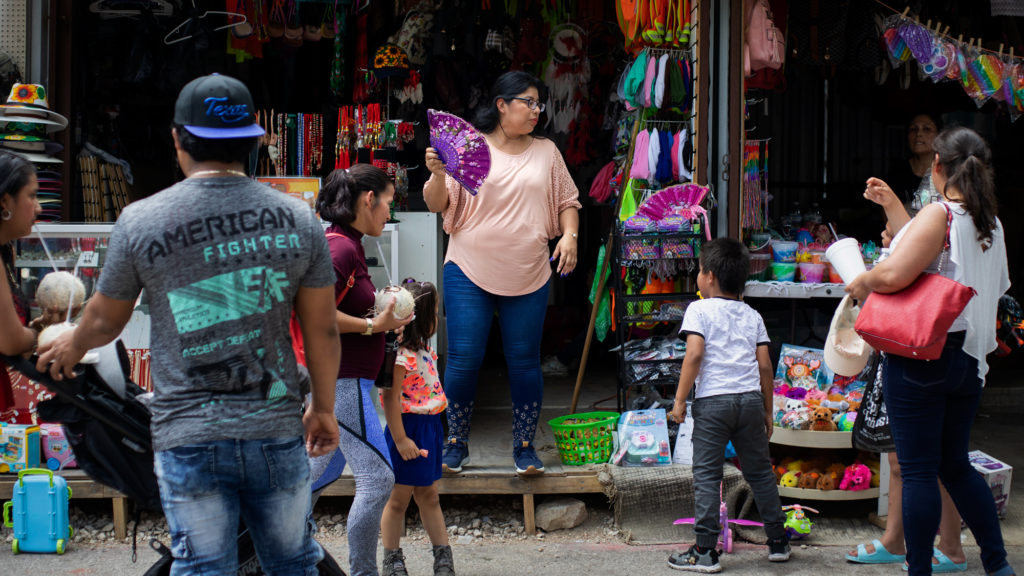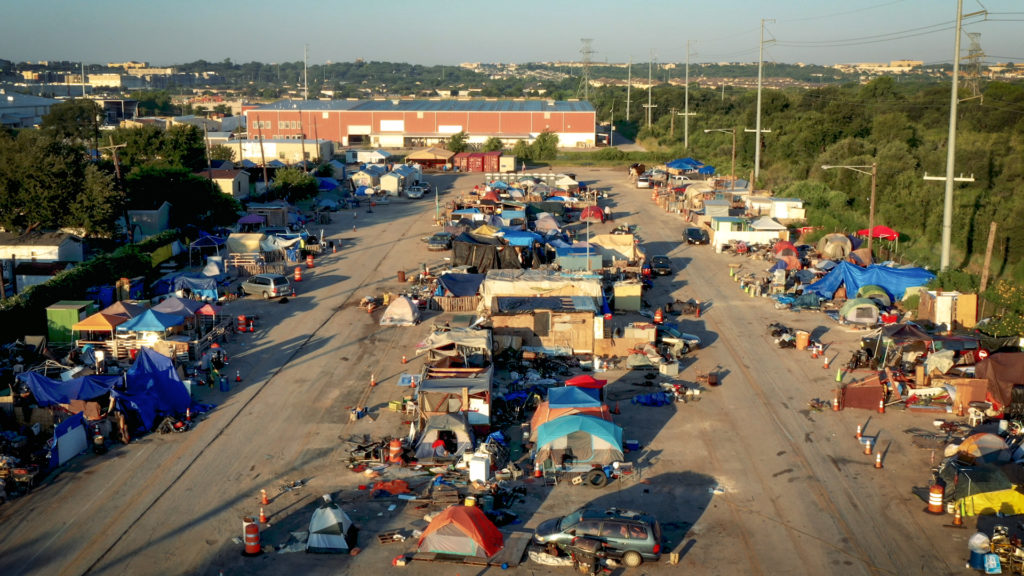Erin Carey doesn’t do many things lightly, even when volunteering. In 2014, after eight years touring the world as an aerialist with circus companies, Carey decided she wanted to root down in Big Sur, California, near where she was born.
Carey bought a home a few miles up a small, twisty road lined with redwood trees. But she didn’t just want to live there — she wanted to become part of the community and give back. Carey decided to volunteer as a wildland firefighter. Having performed dance routines high in the air, the job didn’t scare her, and she wanted to protect the land and people around her.
“I really wanted to feel like I was a useful, active participant of the community,” she says. “I thought fighting fires and being a first responder was something I could do. I love being active and confronting scary situations.”
A few months after moving into her new home, Carey joined the Mid-Coast Fire Brigade, where she now works as an EMT and engineer.

Carey grew up in rural Pennsylvania. Most of her neighbors were firefighters, and this made an impression on her. “It was all volunteers,” she says. “I didn’t know there were paid firefighters. I thought it was just something you helped out with.” [Photo by Nic Coury]
The brigade’s fire station sits just a couple miles up the road from Palo Colorado Canyon, where Carey lives, and where narrow dirt roads connect several hundred homes along the rim of the canyon.
Firefighters in Carey’s brigade, and others around the state, cover about 20 miles of coastline along Highway 1 between Carmel and Big Sur, which includes numerous state parks. The nearest station belonging to the California Department of Forestry and Fire Protection (Cal Fire), is a 25-minute drive from the Palo Colorado turnoff, but traffic can easily make the trip longer.
“Living in Palo Colorado, you realize we are our own first line of defense, because no one is showing up for quite a while,” says Carey.
Crews and departments of various sizes across the region call on one another for help when fires become threatening. In 2016, the Mid-Coast crew was the first to respond when the massive Soberanes Fire torched more than 130,000 acres across the Big Sur area, including 57 homes, the majority of which were in Palo Colorado Canyon. Many firefighters had close friends who lost homes in the blaze.
“When I became a firefighter, I had no idea what it would feel like to actually have the fire come through my neighborhood and have friends lose their homes,” Carey says. ”The hardest thing with being in the canyon is many of the roads are narrow, and it was impossible to save some of the homes because the fire burned so hot and so fast in these very remote areas. There is a feeling of guilt of not being able to save every home. It’s tough.”
In the 2020 wildfire season, firefighters in Monterey County have seen their fair share of large fires, adding to the already massive spread of fires across the state, which have burned more than four million acres, making it one of the worst seasons in the state’s history.
“Our area has not been spared,” Carey says, referring to the Dolan Fire, which scorched 128,00 acres in the Big Sur region, starting the same week as the Carmel Fire in mid-August. Through a mutual aid agreement, Carey and other firefighters joined the Big Sur Volunteer Fire Brigade, Cal Fire, and the U.S. Forest Service to contain the blaze.
“While the Soberanes Fire burned hot and fast through the community I live in, the Dolan Fire mostly burned in the wilderness and was less destructive,” says Carey. “The other difference is I had four more years of experience and training when we went out to fight it.”
Mid-Coast Fire Chief Cheryl Goetz, who worked as a firefighter for decades before moving to Palo Colorado, where she anchored the Mid-Coast team, says supporting her firefighters is of the utmost importance. Goetz debriefs with her team after traumatic incidents, and the station provides therapists for the crew to talk with. Carey spoke with one after the Soberanes Fire.
“It was very helpful to process my experience with a therapist,” says Carey. “Working with her provided me tools to use as I continue my work as a firefighter. I felt supported and became better aware of my own limitations, which allows for a more honest approach to dealing with traumatic events.”
Four years after the Soberanes blaze, Carey says she feels more confident with her mental and emotional prowess on the fire line. She still makes a living gracefully spinning through the air in brightly colored costumes, mostly at parties and festivals, which have slowed significantly during the pandemic. Carey still performs at socially distanced events, and many of her skills in the aerial arts, including rigging equipment and knots, carry over into firefighting and search-and-rescue work.
“It trained me to confront fear and perform highly physical acts under pressure, and to stay calm amid perceived chaos,” says Carey. “It also taught me to push my limits safely. Our physical limitations are not as they appear sometimes, and we are all capable of doing so much more.”



